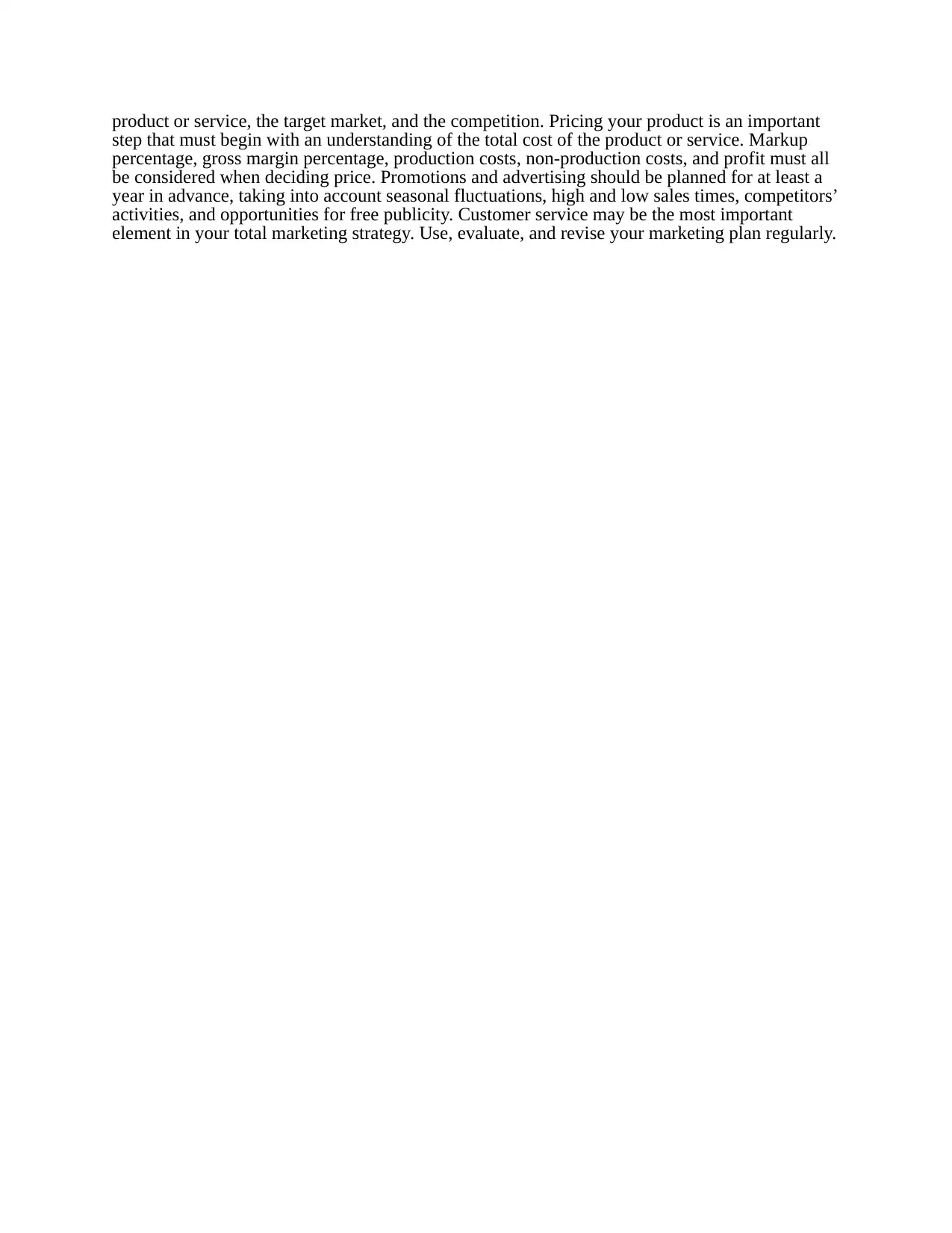Marketing Plan: Analysis and Improvements for a Retail Company
VerifiedAdded on 2019/09/24
|3
|952
|207
Project
AI Summary
This assignment requires students to create a detailed marketing plan for a publicly traded retail company. The plan must include a cover page, table of contents, and an executive summary. It should delve into the company's mission statement, product/service offerings (including product classifications, brand differentiation, and weaknesses), and the target market (demographics, lifestyle, location, and market trends). Students are also expected to analyze the competition, determine pricing strategies (including markup and gross margin), and outline distribution and promotion strategies. The plan also includes sales forecasting, an action plan, sourcing considerations, and a bibliography, adhering to a page length requirement of 15-30 pages. The marketing plan is a central component of the business plan, requiring students to conduct market research, define the target market, and analyze the competition, pricing, promotions, and customer service. This assignment helps students apply their knowledge to real-world business scenarios.
1 out of 3










![[object Object]](/_next/static/media/star-bottom.7253800d.svg)